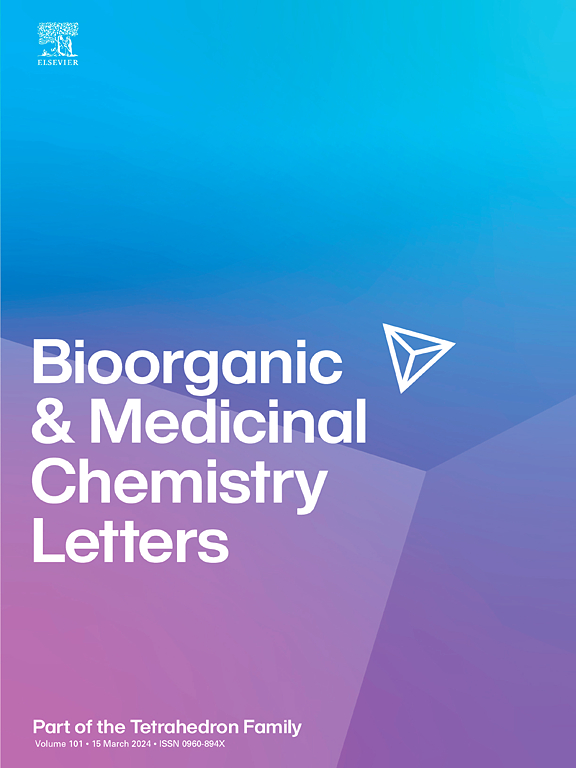Discovery of farnesoid X receptor antagonists from Salvia miltiorrhiza based on virtual screening and activity verification
IF 2.5
4区 医学
Q3 CHEMISTRY, MEDICINAL
引用次数: 0
Abstract
The farnesoid X receptor (FXR) is a promising therapeutic target for the treatment of non-alcoholic fatty liver disease (NAFLD). Salvia miltiorrhiza, a traditional Chinese medicine, has demonstrated significant efficacy in the prevention and treatment of liver diseases. Consequently, investigating the potential effects of Salvia miltiorrhiza on FXR could provide new insights for NAFLD treatment. This study explores whether active ingredients from Salvia miltiorrhiza can target FXR and serve as therapeutic agents for treating NAFLD. The findings revealed that cynaroside and lithospermic acid displayed strong FXR antagonistic activity, with IC50 values of 5.41 ± 1.08 μM and 16.92 ± 2.68 μM, respectively. Salvianolic acid A also showed moderate activity (IC50 = 56.35 ± 4.54 μM). MTT assays demonstrated that these three compounds were non-toxic to HepG2 and LO2 cells at a concentration of 200 μM. Molecular dynamics simulations were conducted to elucidate the interaction mechanisms of cynaroside and lithospermic acid with FXR. These results suggest that cynaroside and lithospermic acid from Salvia miltiorrhiza may be potential candidates for targeting FXR in treating NAFLD.

基于虚拟筛选和活性验证的丹参中发甾体X受体拮抗剂的发现。
法内酯X受体(FXR)是治疗非酒精性脂肪性肝病(NAFLD)的一个有前景的治疗靶点。丹参是一种传统的中药,在预防和治疗肝脏疾病方面具有显着的功效。因此,研究丹参对FXR的潜在影响可以为NAFLD的治疗提供新的见解。本研究探讨丹参活性成分是否能靶向FXR,作为治疗NAFLD的药物。结果表明,杨梅苷和石蒿酸表现出较强的FXR拮抗活性,IC50值分别为5.41 ± 1.08 μM和16.92 ± 2.68 μM。丹酚酸A也表现出中等活性(IC50 = 56.35 ± 4.54 μM)。MTT实验表明,在浓度为200 μM时,这三种化合物对HepG2和LO2细胞无毒。通过分子动力学模拟,用FXR分析了紫金石榴苷与紫石籽酸的相互作用机制。这些结果提示丹参中的cynaro苷和lithospermic acid可能是FXR靶向治疗NAFLD的潜在候选药物。
本文章由计算机程序翻译,如有差异,请以英文原文为准。
求助全文
约1分钟内获得全文
求助全文
来源期刊
CiteScore
5.70
自引率
3.70%
发文量
463
审稿时长
27 days
期刊介绍:
Bioorganic & Medicinal Chemistry Letters presents preliminary experimental or theoretical research results of outstanding significance and timeliness on all aspects of science at the interface of chemistry and biology and on major advances in drug design and development. The journal publishes articles in the form of communications reporting experimental or theoretical results of special interest, and strives to provide maximum dissemination to a large, international audience.

 求助内容:
求助内容: 应助结果提醒方式:
应助结果提醒方式:


